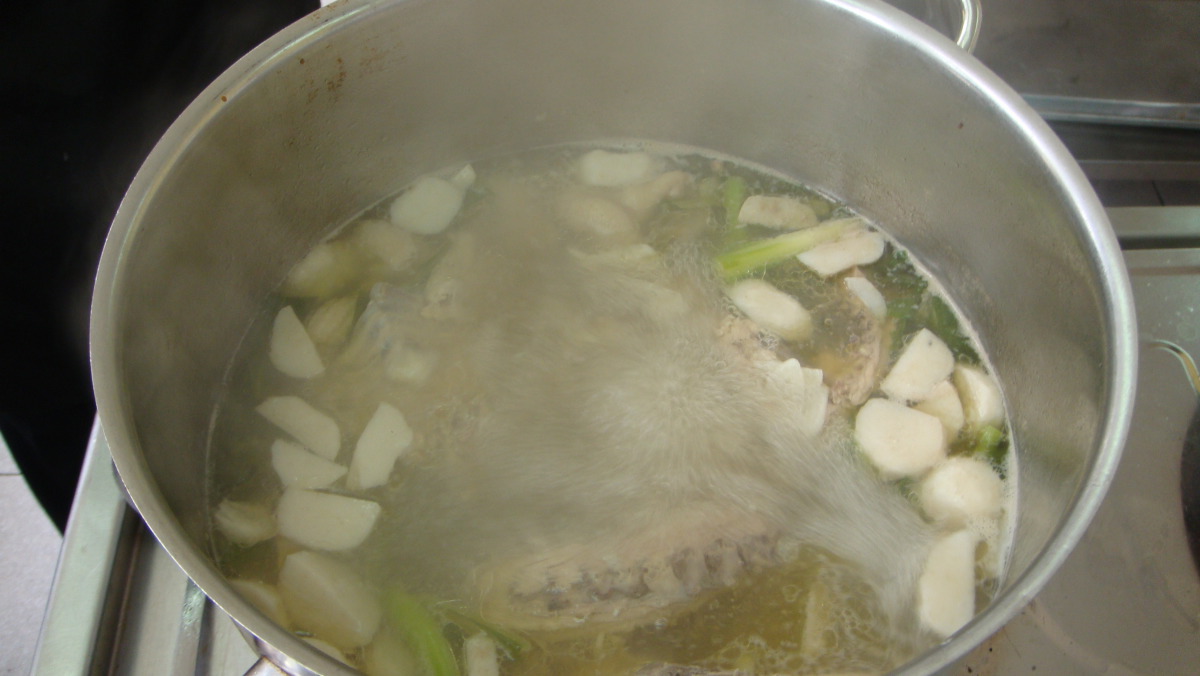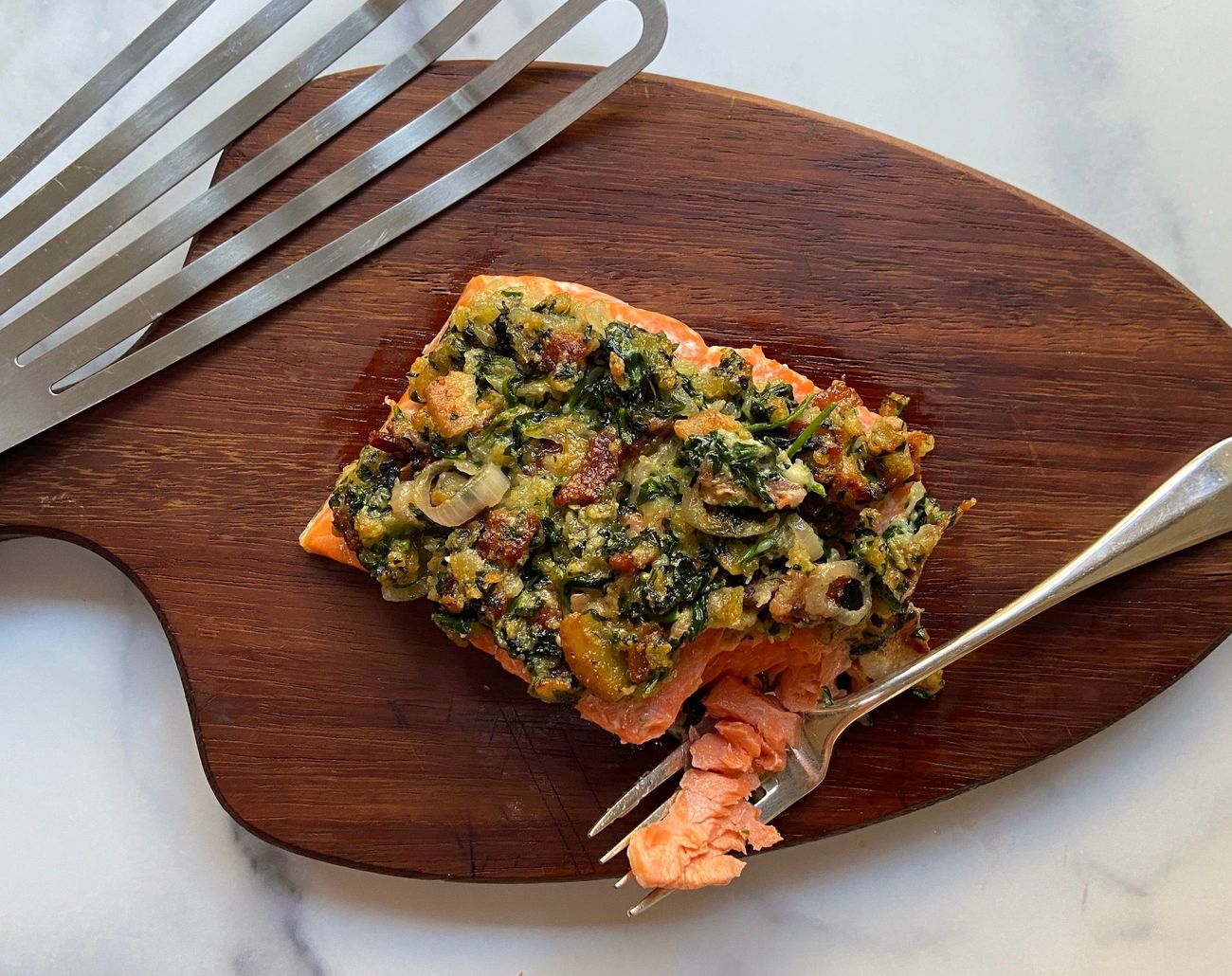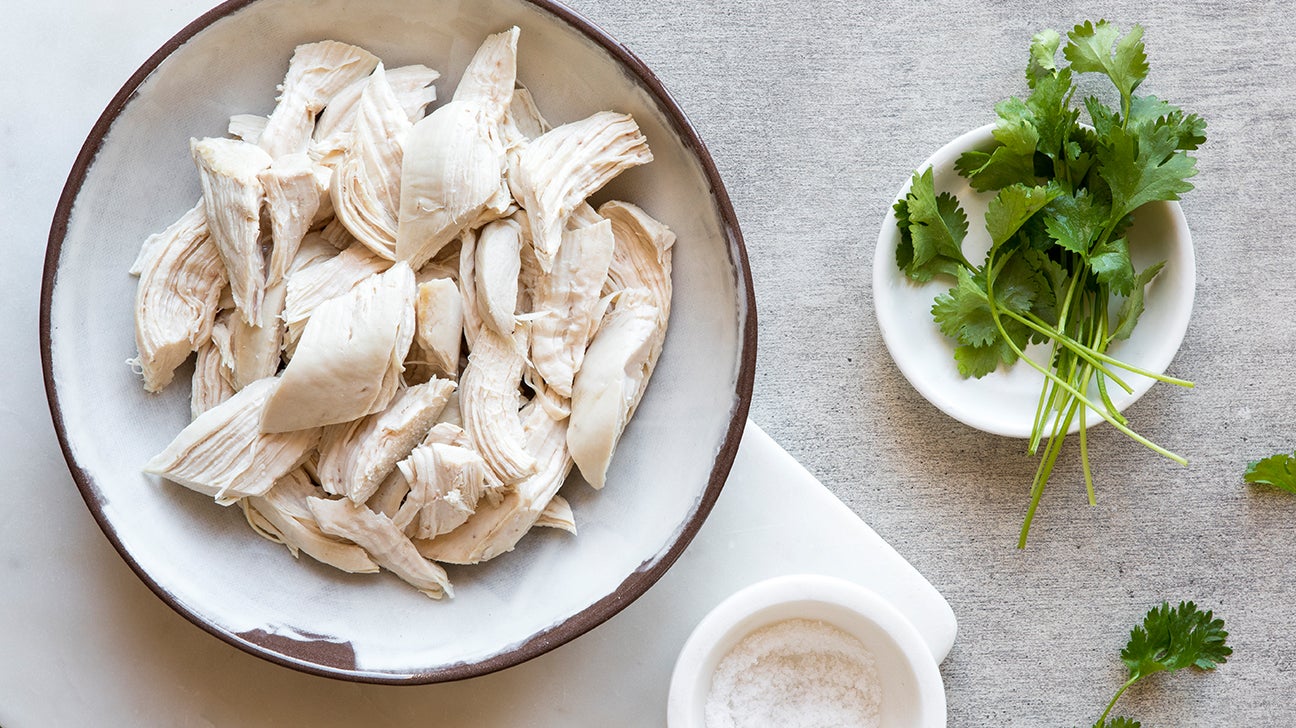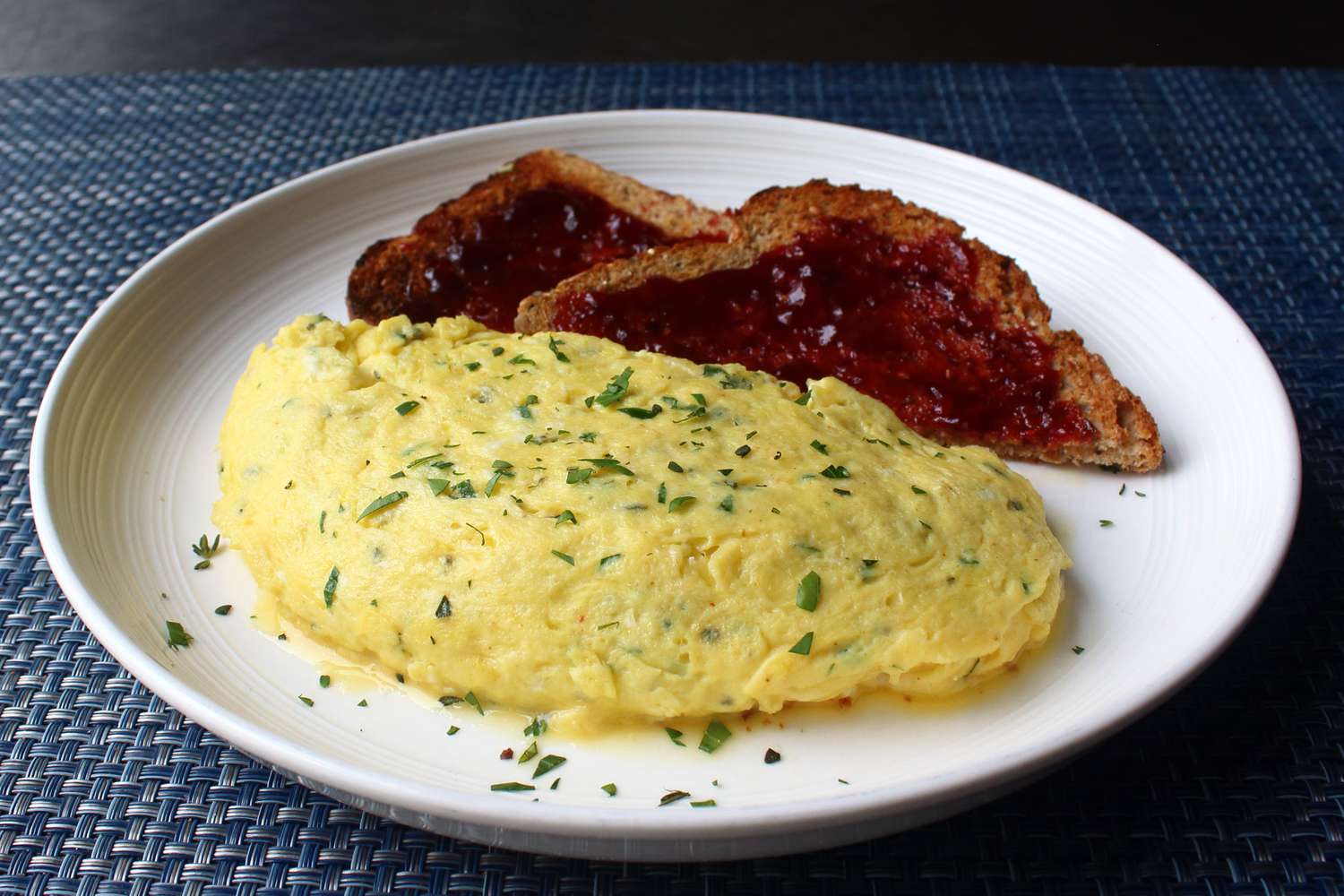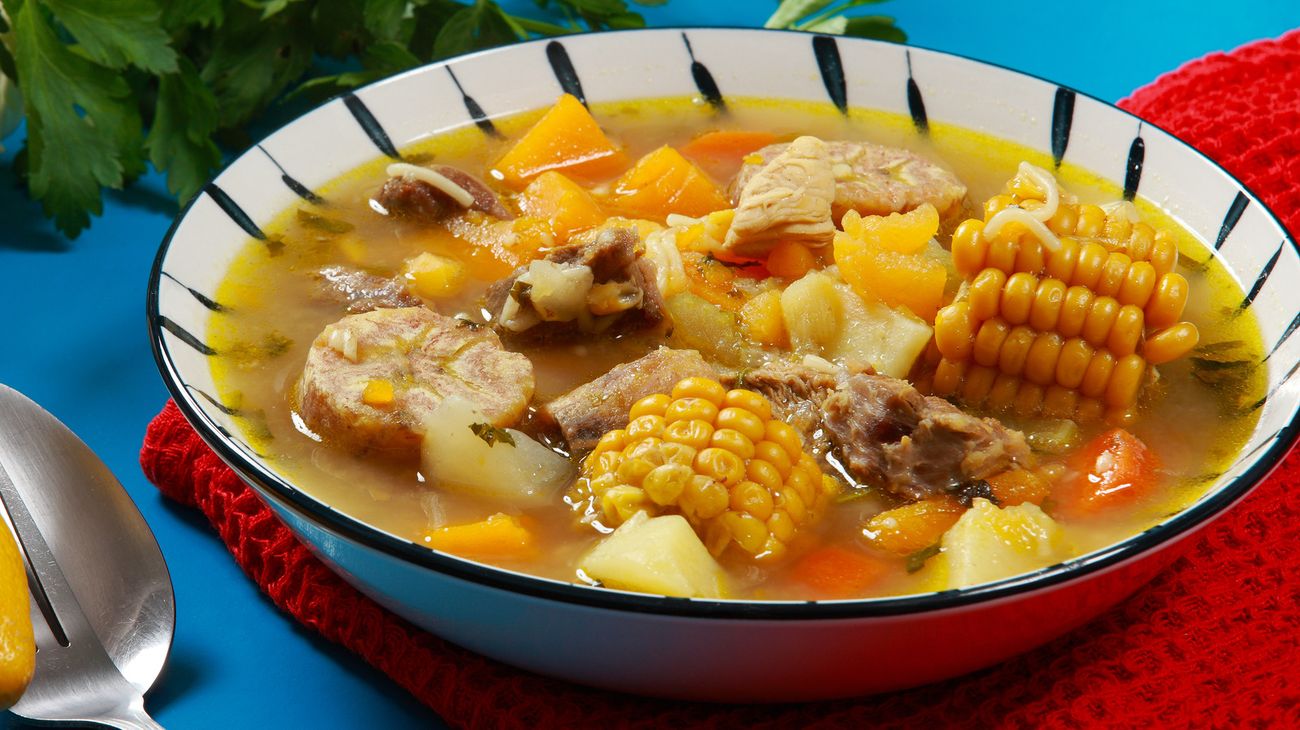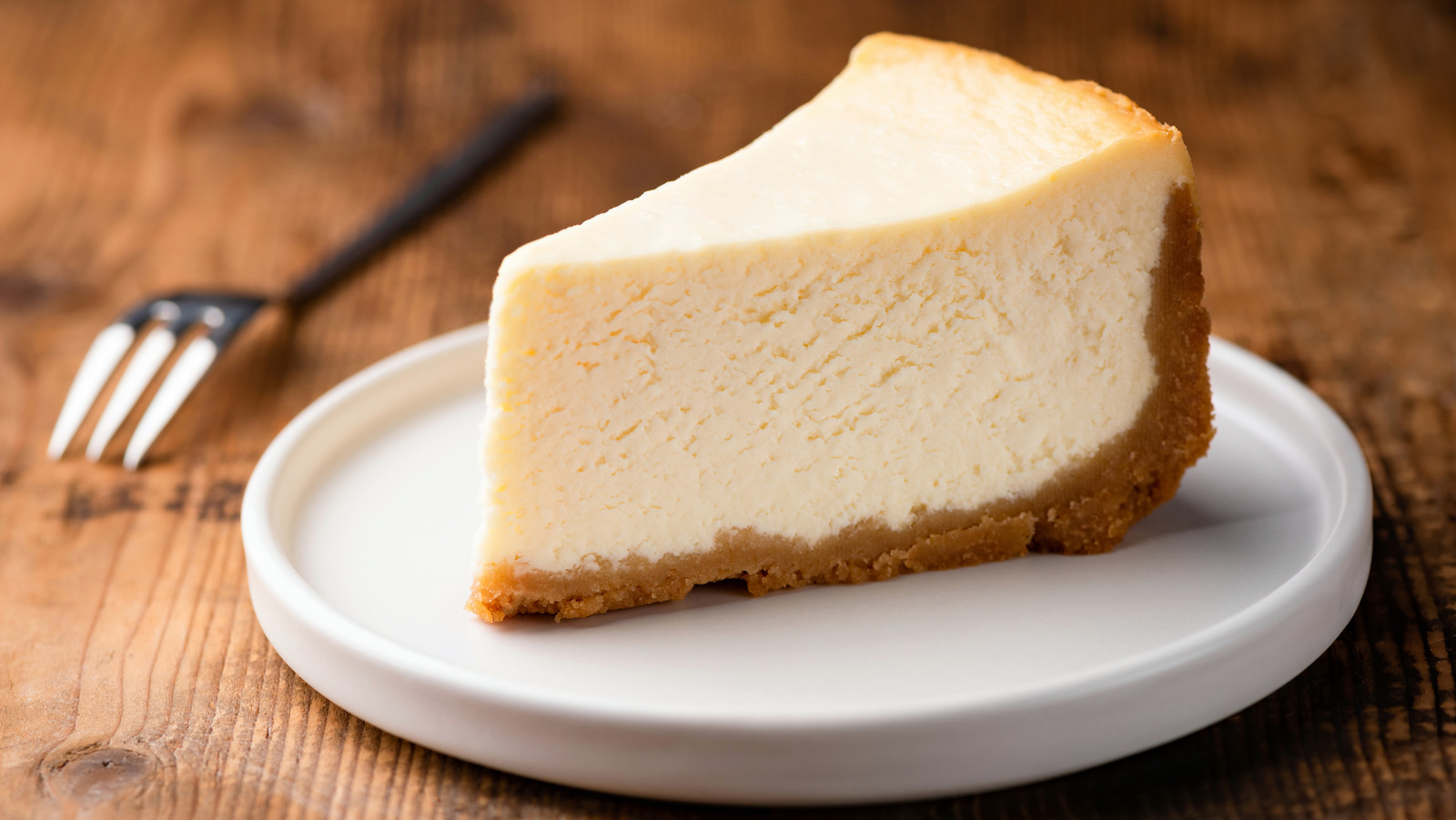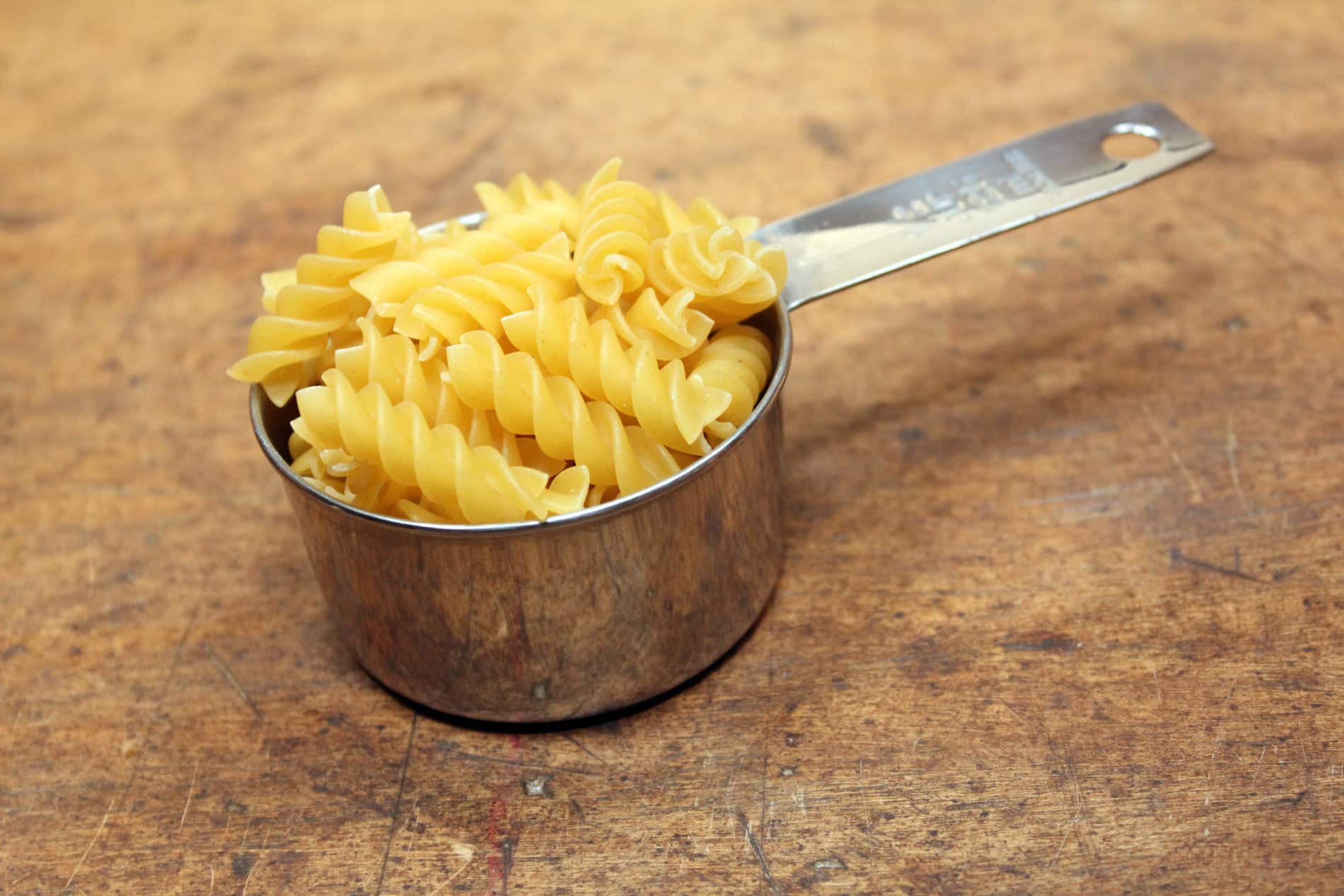When it comes to European cuisine, Polish food is a hidden gem that offers a delightful blend of flavors and traditions. From hearty stews to delectable pastries, Polish cuisine is a reflection of the country's rich history and diverse influences. In this article, we'll explore the essence of Polish food and discover the unique dishes that make it a standout in the culinary world.
A Culinary Journey Through Poland
Polish cuisine is characterized by its emphasis on fresh, seasonal ingredients and a harmonious balance of flavors. Influenced by both Eastern and Western culinary traditions, Polish food is a testament to the country's vibrant cultural tapestry. Let's take a closer look at some of the key elements that define Polish cuisine:
1. Hearty and Satisfying Dishes
- Pierogi: These delicious dumplings are a staple of Polish cuisine. They are typically filled with a variety of savory ingredients such as potatoes, cheese, meat, or sauerkraut, and then boiled or fried to perfection.
- Bigos: Also known as "hunter's stew," this hearty dish is a flavorful combination of sauerkraut, fresh cabbage, and a medley of meats, creating a rich and satisfying meal.
2. Embrace of Traditional Flavors
- Kielbasa: Polish sausage, or kielbasa, is a beloved ingredient in many Polish dishes. It comes in various forms, each offering its own unique blend of spices and flavors.
- Zurek: This traditional soup is made with fermented rye flour and often includes the addition of sausage and hard-boiled eggs, resulting in a tangy and robust flavor profile.
3. Indulgent Sweets and Treats
- Paczki: These delectable Polish pastries are akin to filled doughnuts, often filled with fruit preserves or custard and dusted with powdered sugar.
- Sernik: A luscious Polish cheesecake, sernik is typically made with quark cheese and boasts a creamy texture that is sure to delight dessert enthusiasts.
The Influence of Tradition and History
The roots of Polish cuisine can be traced back to centuries of culinary traditions and cultural exchanges. The country's history has played a significant role in shaping its food culture, with influences from neighboring countries and historical events leaving a lasting imprint on Polish dishes.
Polish food is a reflection of the country's agricultural heritage, with an emphasis on locally sourced ingredients such as potatoes, cabbage, and a variety of meats. The use of hearty and filling ingredients is a testament to the resilience and resourcefulness of the Polish people throughout history.
Modern Innovations and Culinary Excellence
While Polish cuisine proudly honors its traditional roots, it also continues to evolve with modern culinary trends and innovations. Contemporary Polish chefs are reimagining classic dishes with a creative twist, infusing traditional recipes with a touch of innovation and artistry.
The rise of farm-to-table dining and a renewed focus on sustainable practices has also influenced the modern Polish culinary scene, with an emphasis on fresh, high-quality ingredients and a celebration of local flavors.
Exploring Polish Food: A Culinary Adventure Awaits
Whether you're savoring a steaming bowl of pierogi or indulging in a slice of sernik, Polish food offers a captivating journey through a rich tapestry of flavors and traditions. From the comforting embrace of hearty stews to the sweet delights of traditional pastries, Polish cuisine is a testament to the country's culinary prowess and cultural heritage.
So, the next time you're seeking a culinary adventure, consider exploring the diverse and delectable world of Polish food. With its rich history, traditional flavors, and modern innovations, Polish cuisine is sure to captivate the palates of food enthusiasts around the globe.
Was this page helpful?
Read Next: What Is The Best Pasta For Pesto?

